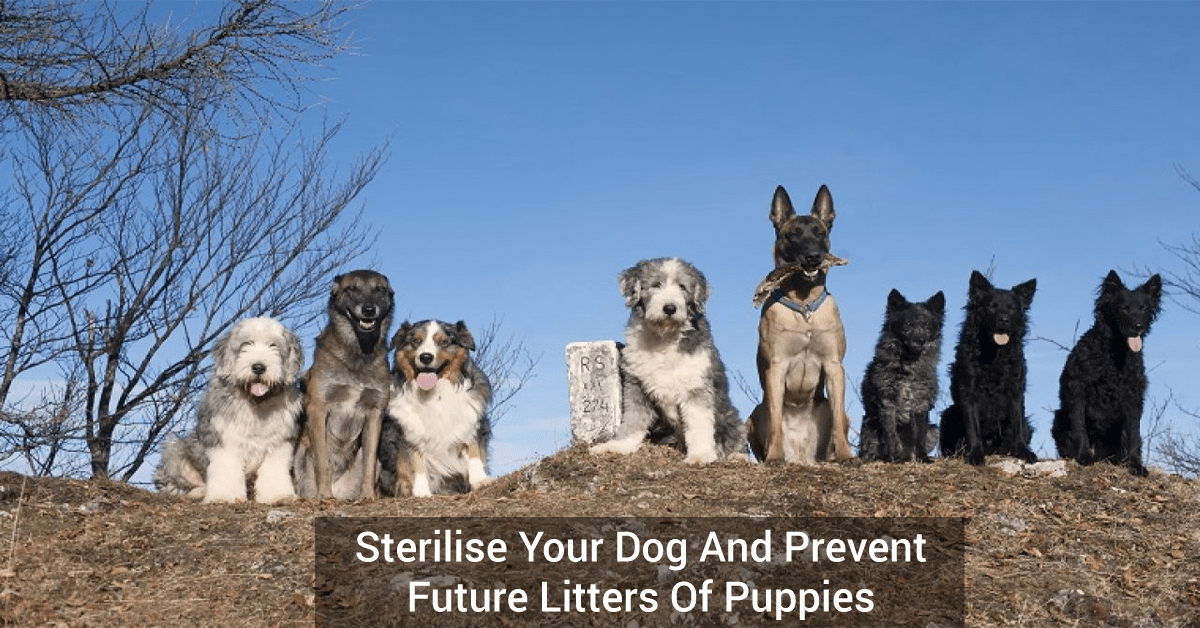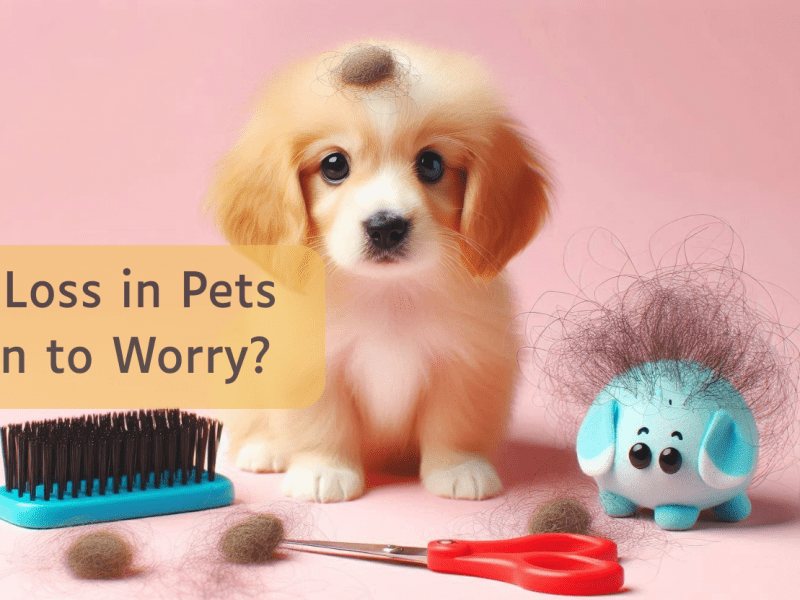Sterlisation is a responsible way of caring for pet. It can lead to a happy and healthy life for your pet. Its natural to be worried and have questions related to the safety of your pet? Read this article for some useful information.
What is Spaying/Neutering?
Spaying and neutering are surgical procedures that dogs undergo to remove the reproductive organs. For example, spaying eliminates the female dog’s ovaries and uterus, while neutering removes the testicles in the male dogs. These procedures are commonly referred to as “sterilization” because they eliminate the animal’s ability to reproduce.
Why should the dog owners go for Spaying/Neutering?
Spaying your female puppy is one of the most important decision you can take to keep your beloved pet healthy and happy. It helps both the female dog and the environment.
- Spaying and neutering prevent female dogs from getting pregnant. This is important because it means that your pet will not be adding to the already large number of dogs in shelters and rescues, which is heartbreaking.
- Spaying a female dog also removes the chance of getting cancer, which is a significant cause of death in dogs over the age of 7.
- Doing so can help to reduce or even eliminate many health concerns faced by dogs and can also help to make your dog a lot more pleasant and energetic to be around.
- It is also the most humane thing you can do for your dog and is the best way to keep your dog from being a homeless pet later on in life. Keep in mind that while it is important to spay and neuter your dog, it is also essential to provide them with the best quality of life you can while they are still young.
- Spaying and neutering your dog are two of the most important steps you can take to help her have a long and happy life.
- Each year, millions of dogs are born into homes that don’t have the means to care for them. By sterilizing your dog when she’s young, you can help save the lives of other dogs in need.
- Spaying and neutering your dog can help them live a longer, healthier life and reduce the number of unwanted dogs in shelters by controlling the population of dogs.
- However, not all dogs are suited to be spayed or neutered. Spaying and neutering dogs of future reproductive age can help them live longer, healthier lives by preventing certain health conditions and allowing them to have a better quality of life as they age.
- Spaying and neutering also benefit future generations of dogs. It reduces the likelihood that they will be born into an environment lacking in care, causing them to be more likely to become dogs suited to being spayed and neutered.
- By spaying or neutering your dog, you prevent future litters of puppies. This helps to control the dog population, which helps control the spread of disease and other unwanted things in your neighborhood.
What should be the age of your pet while you want to neuter?
We think about neutering our pets, and we think about our pets as puppies. But for some pets, neutering is an essential part of their care regardless of age. In some cases, pets should be neutered before turning a year old, especially male dogs. Other pets are best when they are close to a year old, such as female dogs. Your pet’s age is an essential factor when neutering your pet. The best time to neuter your pet is when it’s a young puppy before it’s six months old. This is when your pet’s hormones are at their highest, making it easiest to neuter your pet. The longer you wait, the harder it will be to neuter your pet.
Recovery of your pet
When your dog is spayed, its body goes through many changes. As a result, your pet may need some time to recover. Intact dogs undergo similar changes, but their bodies are designed to go through these changes more often. That’s why we’re here to help your pet get through the recovery process! The following are the steps that you can follow to comfort your pet:
- Your pet needs to stay away from other dogs during the recovery period.
- Don’t let the dog run and jump on and off for a few days after the surgery.
- Never let the dog lick the incision site. You can ensure this by using a cone.
- Don’t bathe your dog for at least ten days after surgery.
- Ensure that the dog is eating properly, is not lethargic, and not vomiting. If she is doing so, then take it to the vet immediately.



